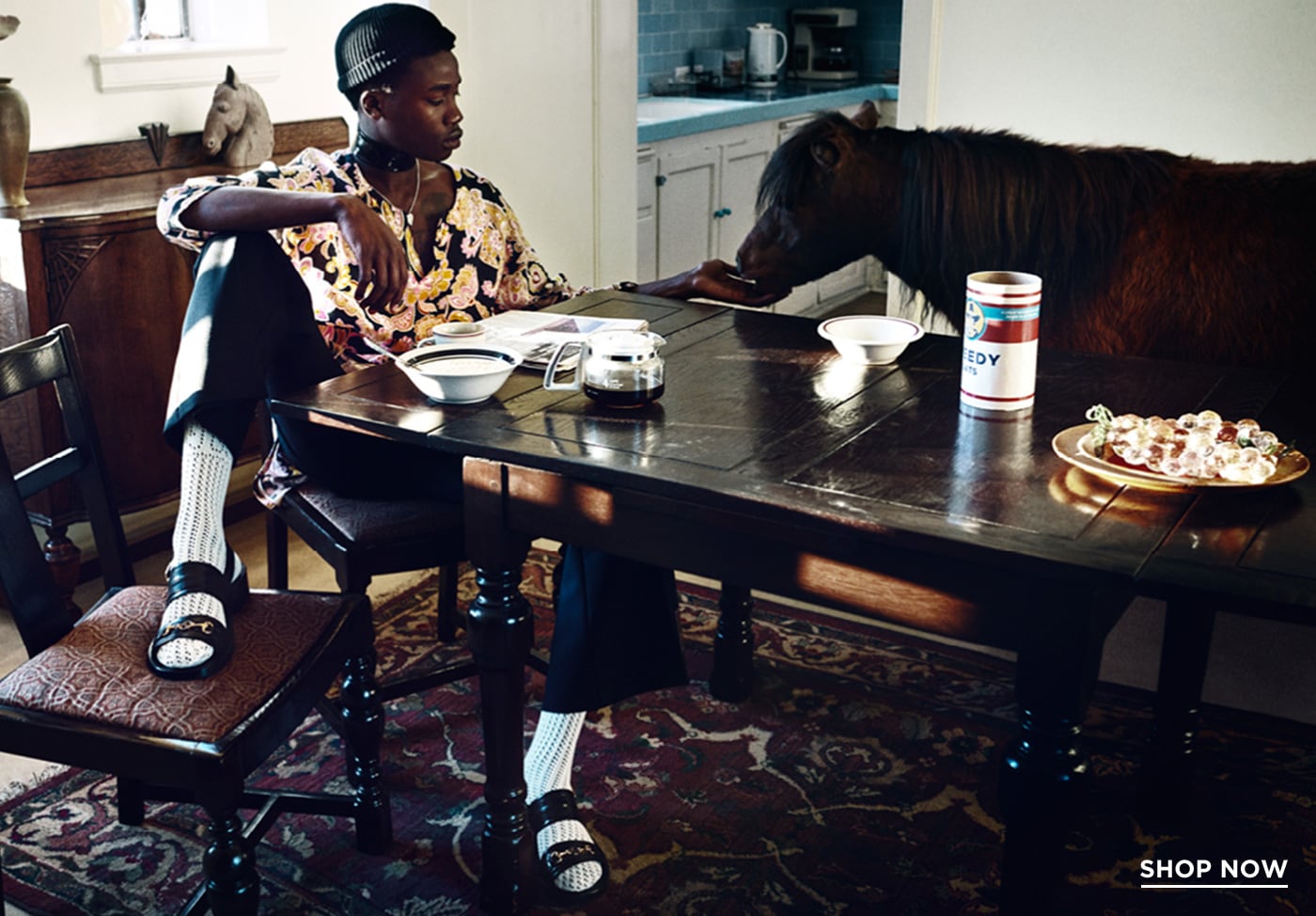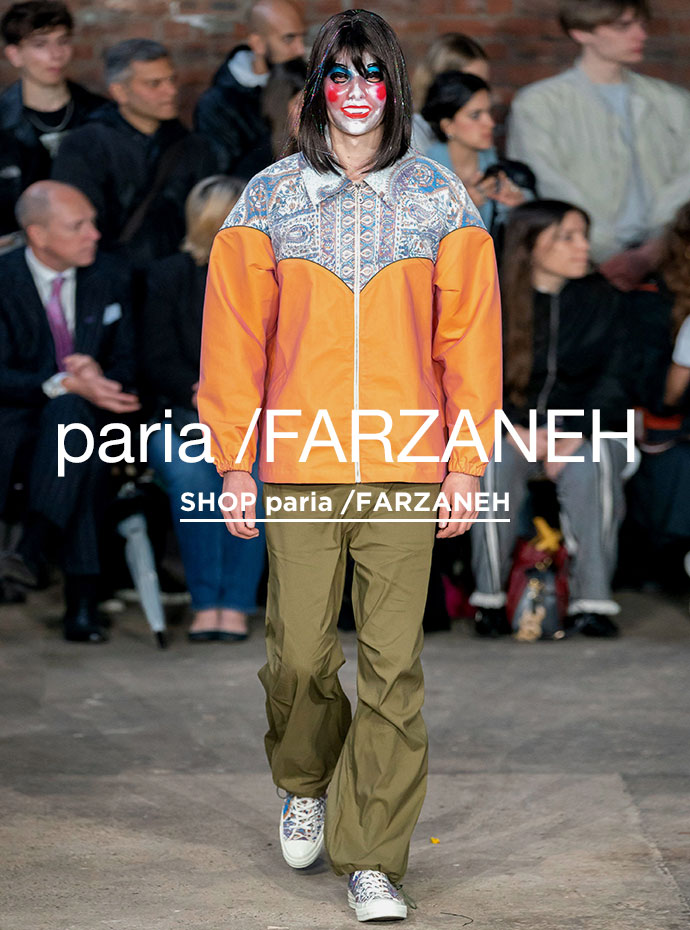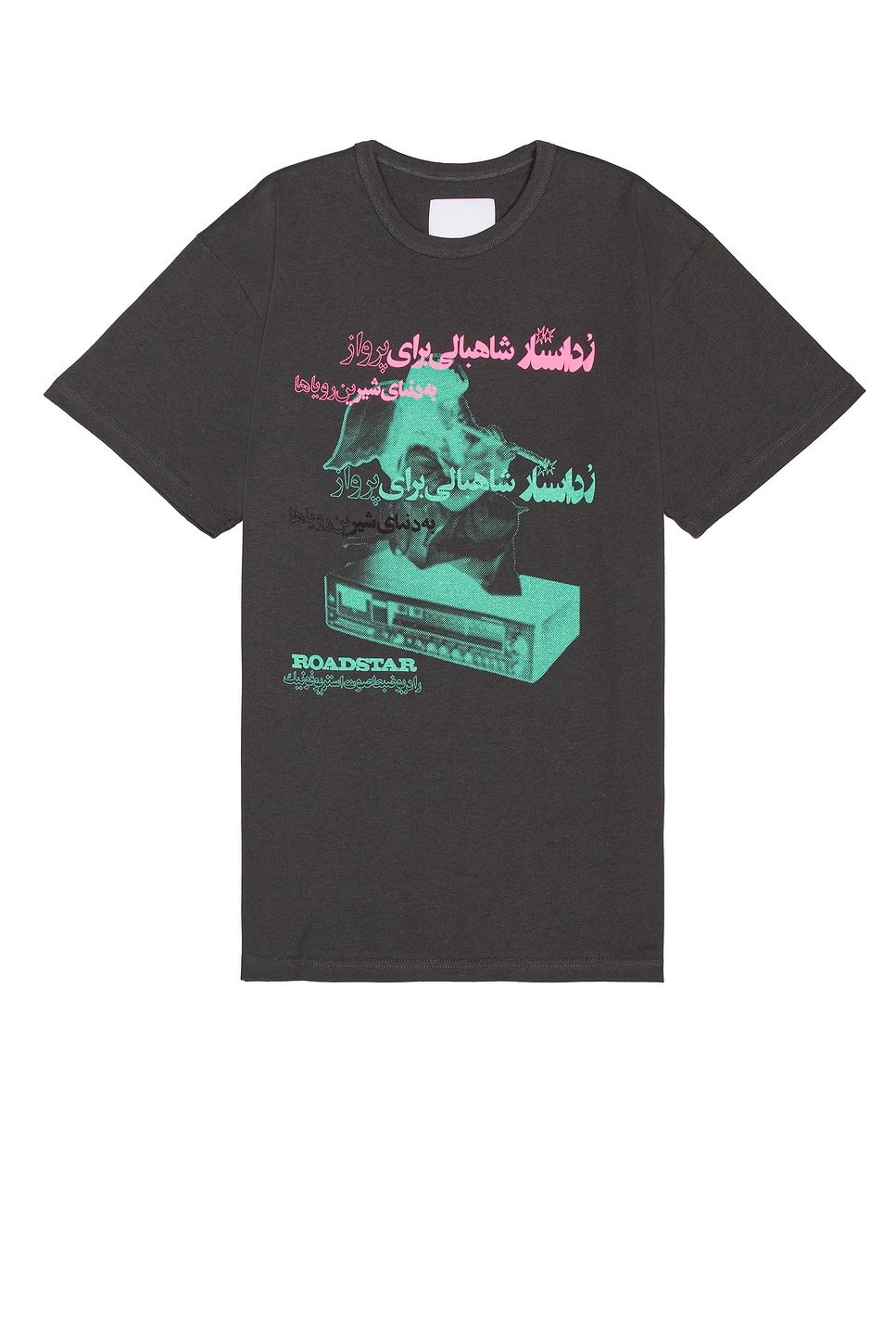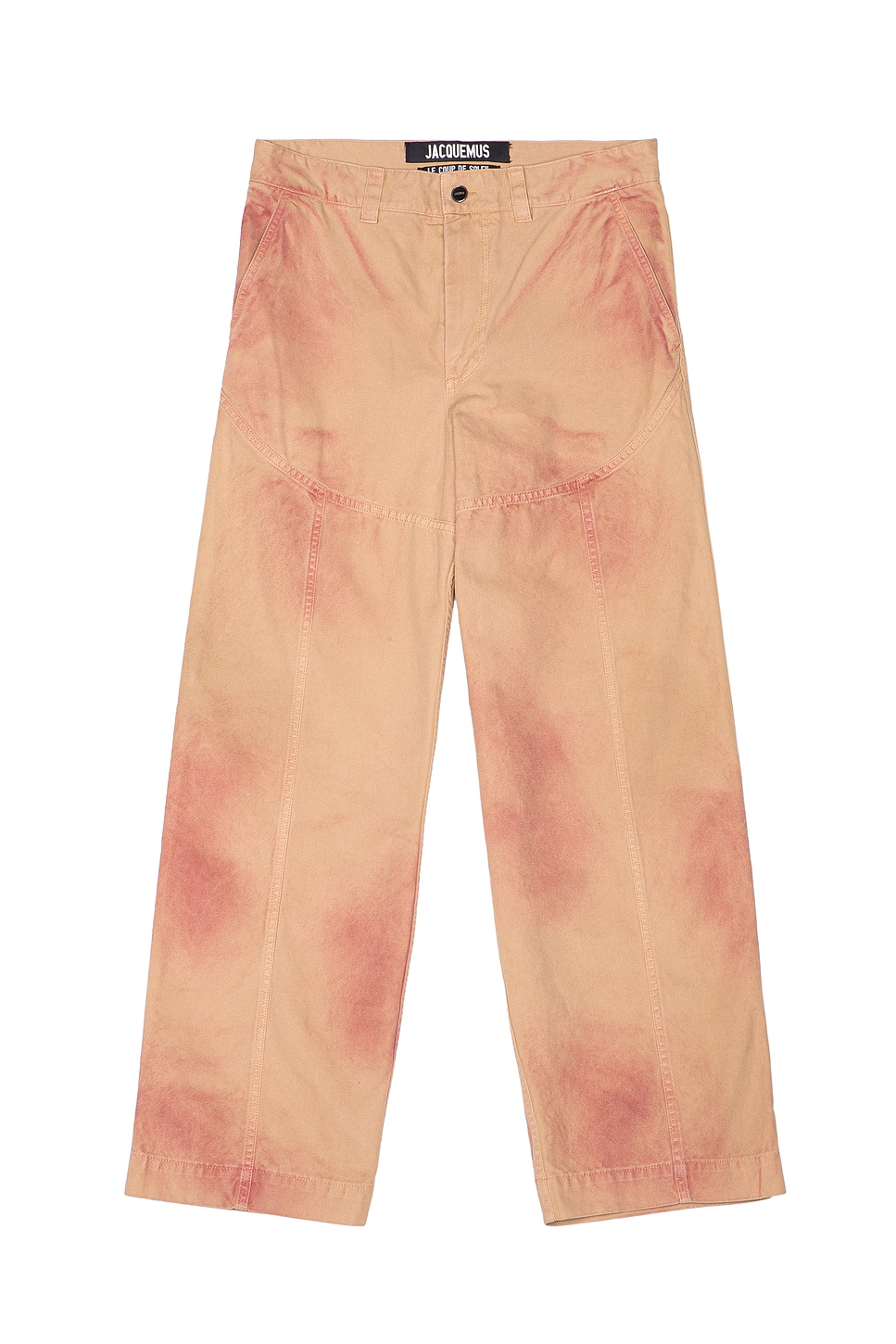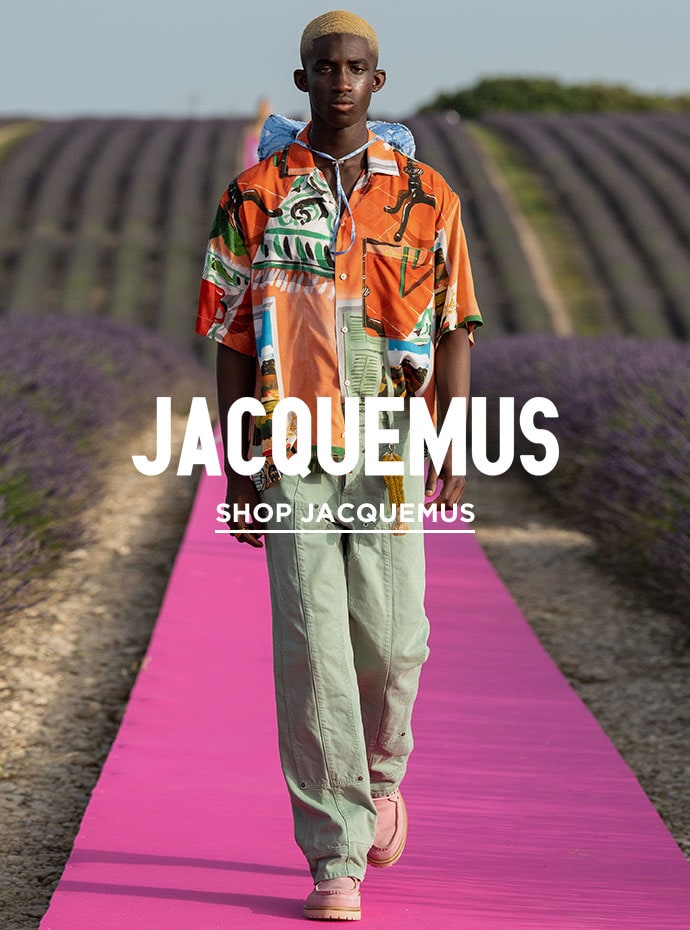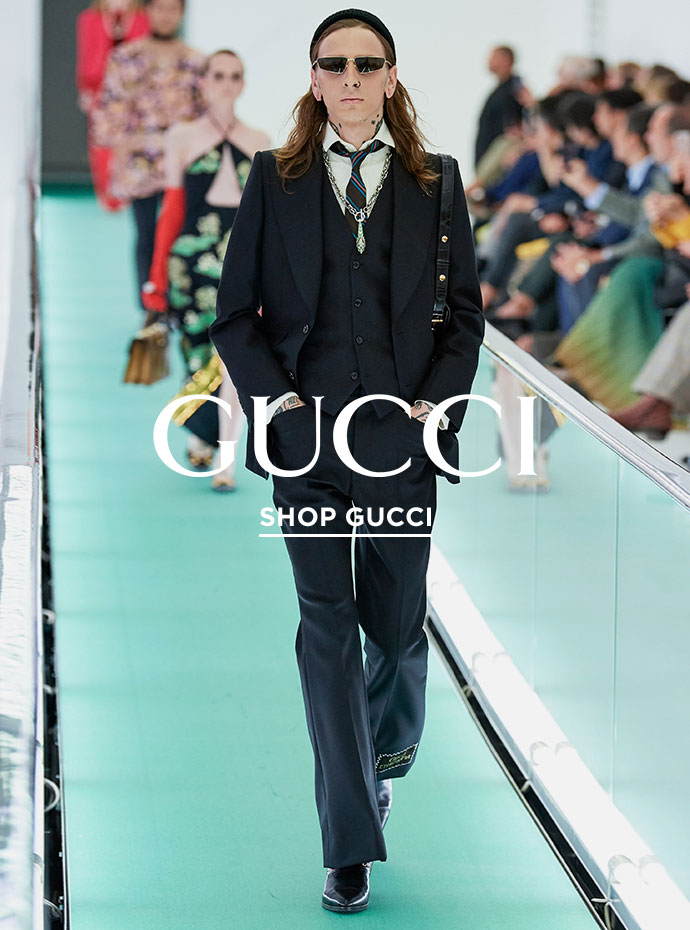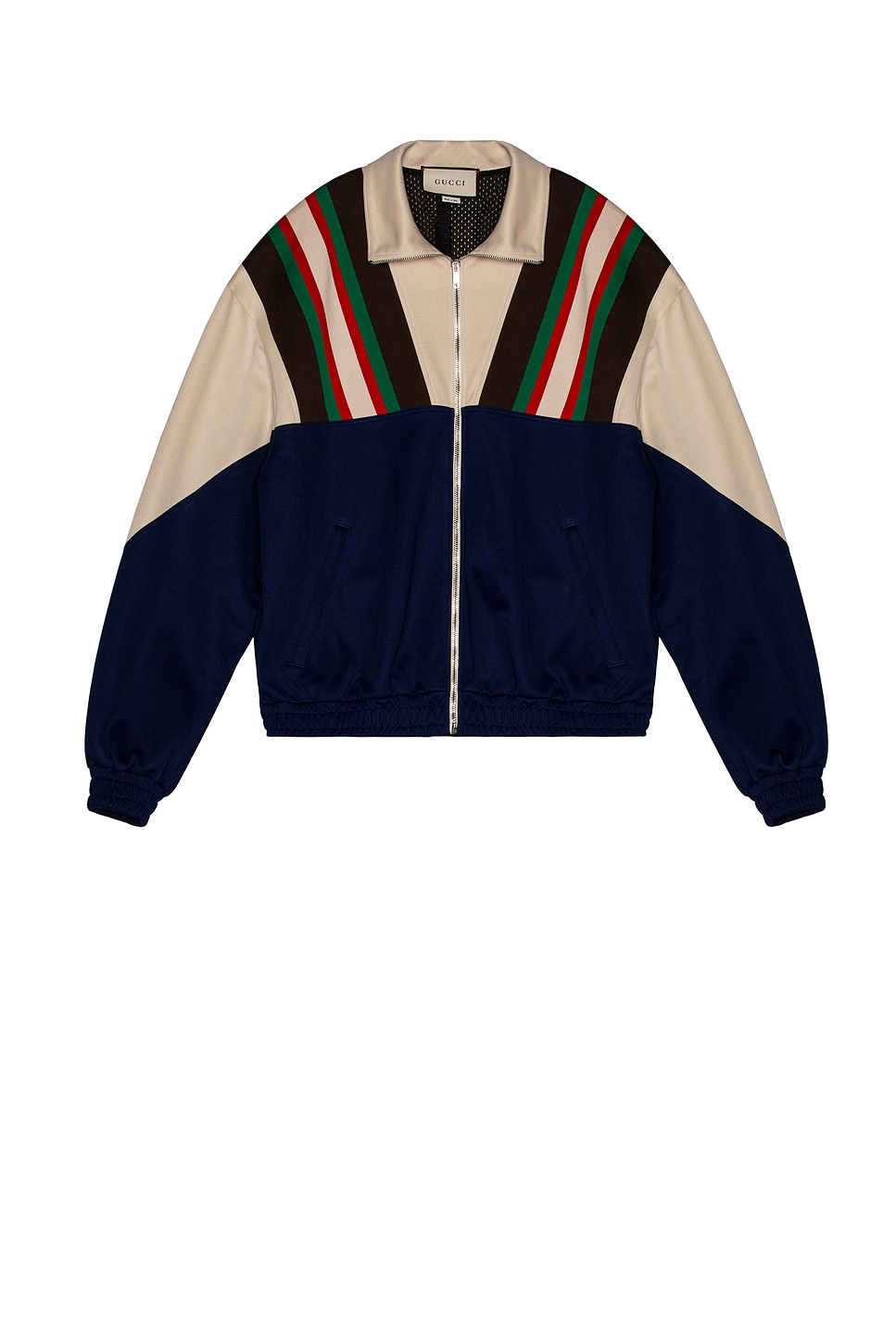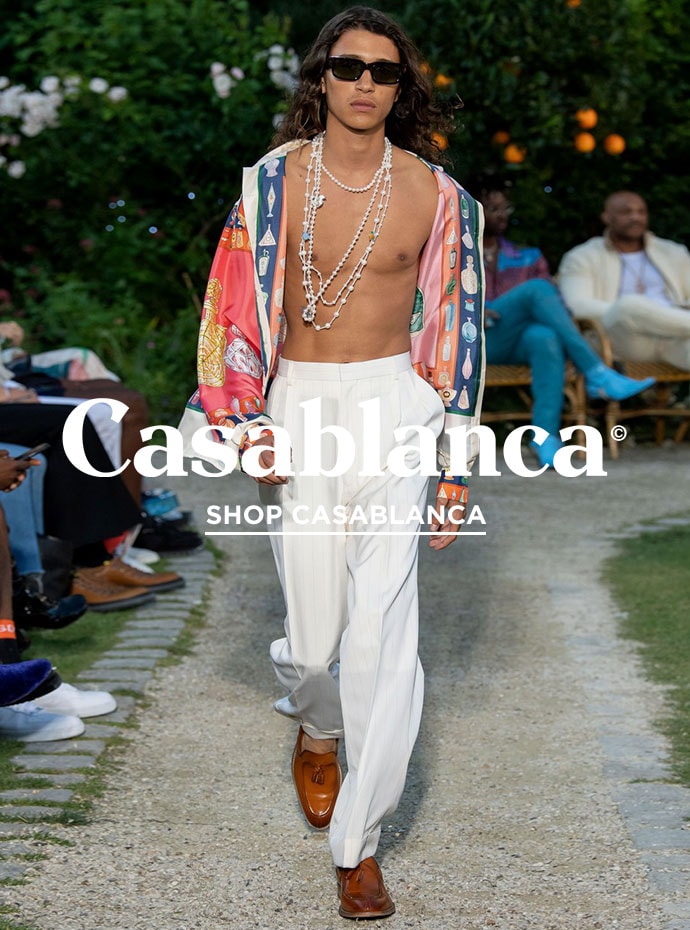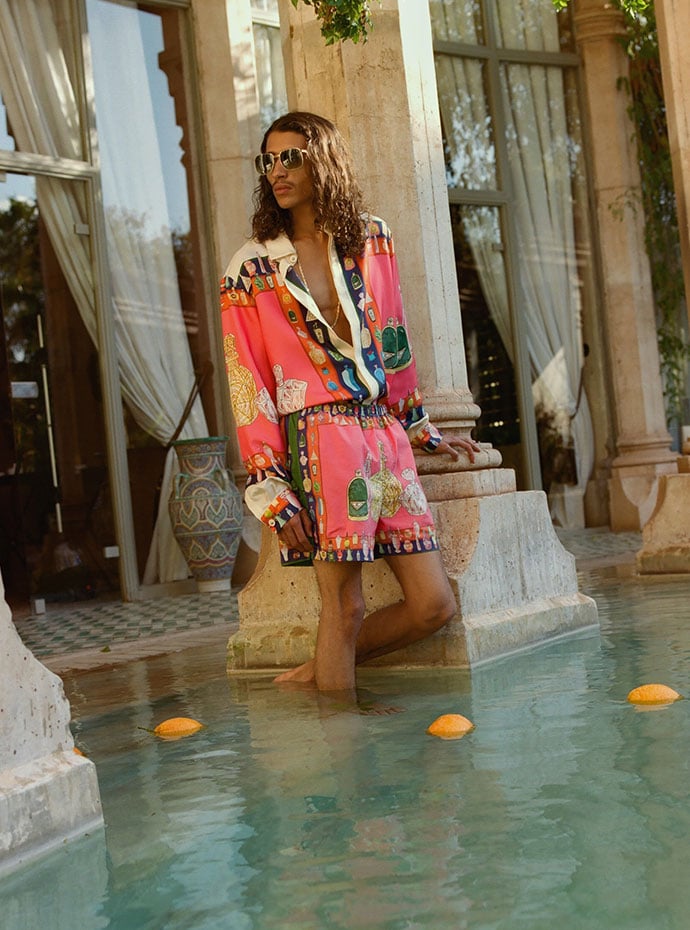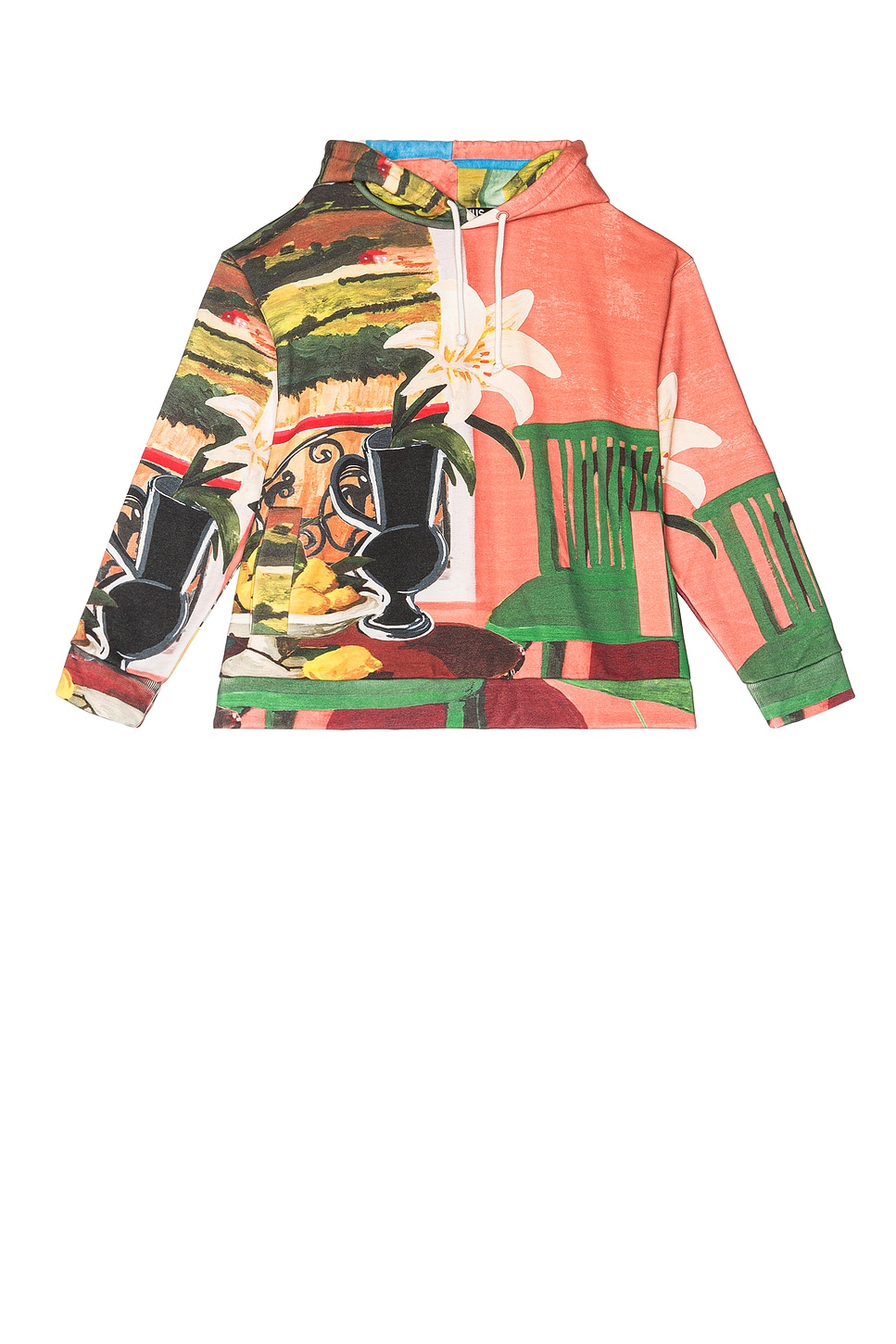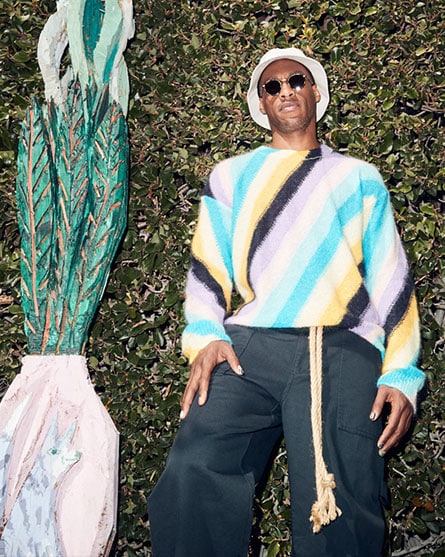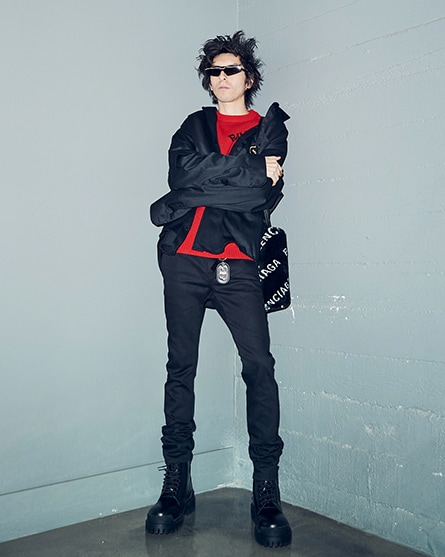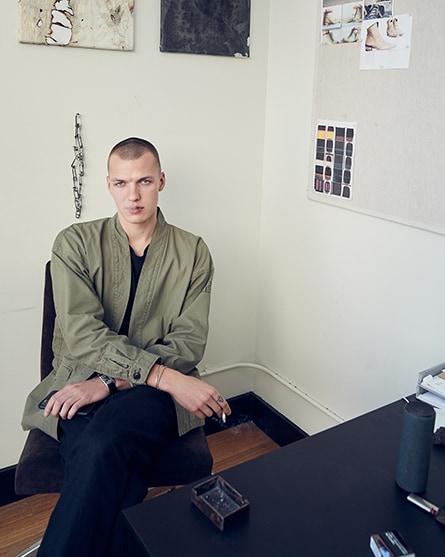FWRD THINKING
Identity Politic
In a social media world fueled by likes and algorithms, we are more connected than ever. Yet now, as COVID-19 forces us to slow down, take stock of our lives in isolation, and check in with our inner worlds, it seems the demand for online presence is higher than it’s ever been. In a socially distanced world, how else are we to connect with one another?
There’s a flood of content from creators who are inspired and adapting to our new world. Video chats are the new group messages. We’re checking in with friends and family daily instead of weekly or monthly. It’s exciting; people are engaged and connected. Everything seems more authentic. Of course, the backdrop is devastating, but the emergence of a new kind of authenticity reflects, to us, something that was happening in fashion before a pandemic became our ultimate disruptor: a reconnection with one’s own identity as a vessel for storytelling.
Designers were, and still are, amplifying their own personal identities, giving a piece of themselves to their brands and making it near-impossible to separate the person from the creation.
Paria Farzaneh’s mix of Iranian fabrics with modern London silhouettes is a prime example. Her detailed patterns and strong sense of design have garnered a wide array of acclaim and celebrity co-signs. By tapping into both her middle eastern heritage and her UK upbringing she is creating something that feels equally familiar and refreshing, telling a story that only she can tell.
Simon Porte Jacquemus’ decidedly French brand, Jacquemus, while an aesthetic departure from Farzaneh, offers a perspective that is equally rooted in authenticity and identity. The eccentric designer’s bold and fearless approach to the over-examined Parisian aesthetic creates a unique experience out of something we know so well. With flowing fabrics and loose silhouettes, his upbringing in the south of France is vividly present, rejecting the norms of Paris in favor of a more whimsical imaginative experience that constantly feels referential to Porte’s own life experiences.
Alessandro Michele’s dream-like creations for Gucci depict a geographically and culturally opposite region of Europe with an equally vivid eye. While no doubt a saturated depiction of Italian opulence, the designer frequently references his own personal history in his collections. The women who raised him, the city he grew up in, the films of his childhood. Each garment, shoe and bag bursting at the seams with his identity and nostalgia.
French-Moroccan designer Charaf Tajer achieves something similar with Casablanca, a luxe merger of his Moroccan roots with his Parisian upbringing. He references his childhood drawings, personal memories, favorite songs and his parent’s love story as points of inspiration. It’s all a deeply personal expression of one’s history depicted on silk shorts and pleated trousers.
What all these brands seem to share is the idea that it wouldn’t be possible for the pieces to exist outside of the context of their creators. They’re that personal. That the perspective of the people in charge is more important than the specific items of clothing themselves, effuses them with a true authenticity that can only be found through a radically honest approach to one’s design and self-expression. It’s inspiring work. In these times, where we are questioning everything, -- ourselves, our identities and our place in and impact on this world--we’d argue it’s essential.
